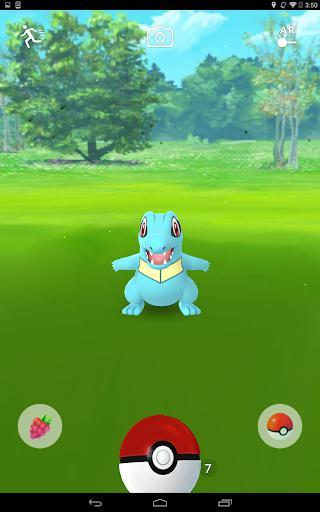Niantic is pulling back the curtain on local community engagement in Pokémon Go, introducing a new feature that provides detailed statistics for PokéStops. This update, integrated with the Niantic Wayfarer platform, offers dedicated players a fascinating glimpse into the foot traffic and popularity of the very landmarks that make up their daily Pokémon-catching routes.
A Deeper Look at Your Neighborhood
For years, Pokémon Go players have walked their neighborhoods, wondering which of their local parks, murals, or historical markers are the true hotspots. Now, Niantic is providing concrete answers. A new analytics feature is being introduced that allows players to view key engagement metrics for PokéStops. While the full extent of the data is still being explored by the community, early indications suggest that trainers will be able to see information such as the number of visitors a PokéStop receives over a certain period.
This data gives players, particularly those who help build the game world, a powerful feedback loop. It's one thing to successfully nominate a new PokéStop; it's another entirely to see tangible proof that your contribution has become a beloved hub for local trainers. The feature promises to satisfy the curiosity of players everywhere who want to know just how active their corner of the Pokémon world truly is.
The Central Role of Niantic Wayfarer
This new functionality is intrinsically linked to Niantic Wayfarer, the community-mapping platform that empowers high-level players to shape the game board for Pokémon Go, Ingress, and other Niantic titles. Wayfarer allows eligible users to submit nominations for new points of interest (which can become PokéStops or Gyms) and review the submissions of others in their area and around the world.
By integrating these new stats with Wayfarer, Niantic is rewarding its most dedicated contributors. These are the players who invest time and effort into ensuring the in-game world is rich, accurate, and interesting. Giving them access to this data not only validates their efforts but also equips them with insights to make better nominations in the future. They can now identify areas that are underserved or see what types of locations generate the most community buzz, potentially leading to more strategic and impactful submissions down the line.
How Stats Will Reshape the Trainer Experience
The introduction of PokéStop analytics has several exciting implications for everyday gameplay. For the strategic-minded trainer, this information is a goldmine. Knowing which PokéStops are the most frequented can help players optimize their routes for everything from hatching eggs to completing research tasks.
Consider Community Days or other timed events. Players can now use this data to identify central locations that are likely to have a high concentration of other trainers, making it easier to coordinate Lure Modules and participate in group activities like raids. It adds a new layer of meta-strategy to planning your weekend Pokémon Go adventures. Instead of guessing where the crowds will be, you can make an informed decision based on real-world activity patterns.
Furthermore, this feature fosters a stronger sense of local community. Players can take pride in seeing their neighborhood spots thrive. It might even encourage friendly competition between different areas to see whose landmarks can attract the most visitors. For those who walk specific routes to hatch their 10km eggs, they can now refine their paths to pass by the most active PokéStops, maximizing their item collection and potential for encounters along the way.
The Future of In-Game Analytics
This move by Niantic signals a broader trend towards greater data transparency and community empowerment. While the initial rollout focuses on PokéStop visitor stats, it opens the door to a wide range of future possibilities. Could we one day see similar analytics for Gyms, showing which teams have the highest turnover rates or which raid bosses attract the most participants at a specific location? Could this data be used to dynamically generate in-game events, such as bonuses for visiting less-popular-but-noteworthy locations to spread player traffic more evenly?
For now, the introduction of PokéStop stats is a significant and welcome addition. It transforms the abstract concept of a "popular spot" into a measurable metric, providing valuable insights for community builders and strategic players alike. It’s a smart evolution that deepens the connection between the digital game and the real-world places we explore every day.
